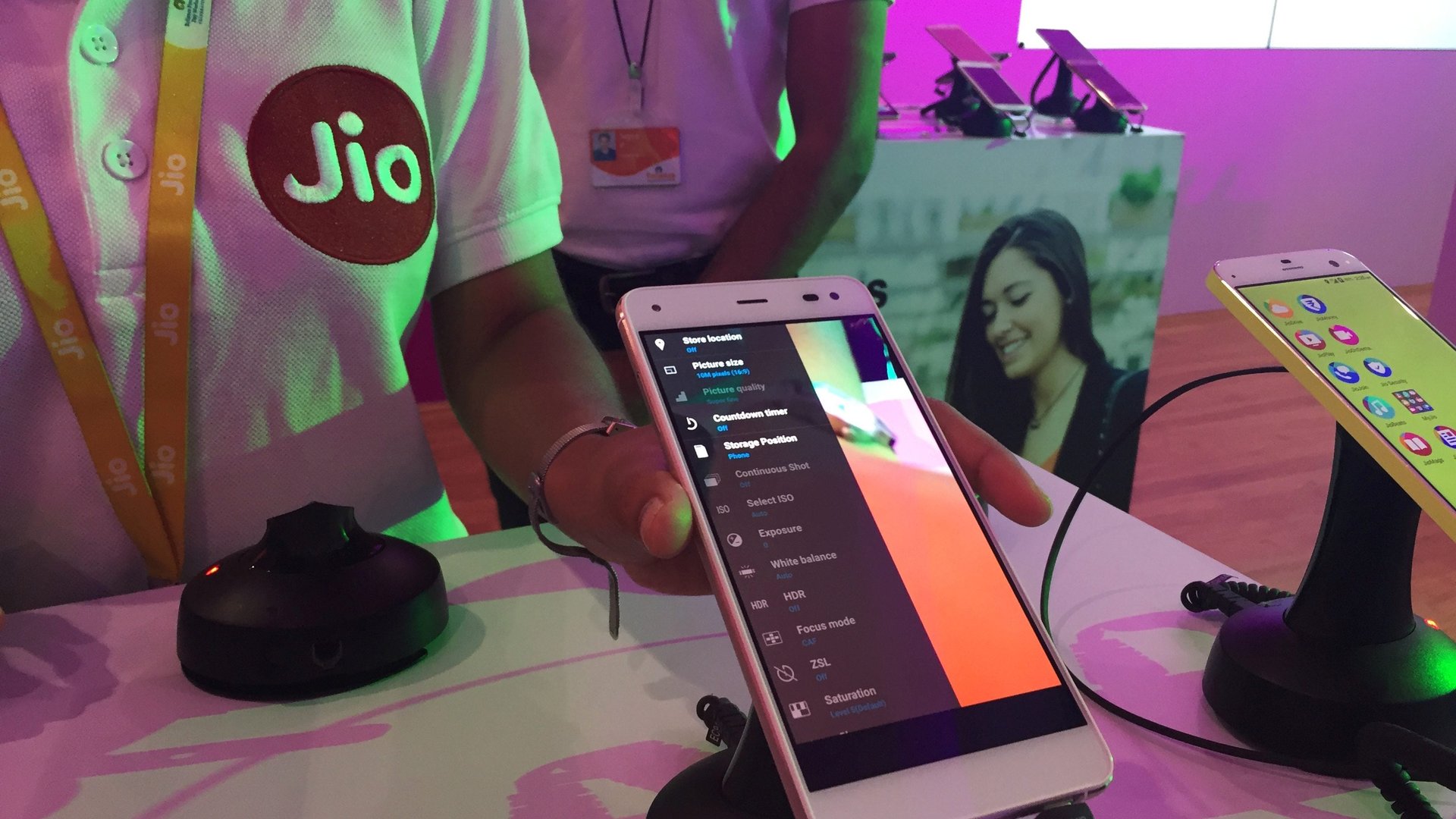Millions of Indians are getting connected to an internet they can’t use
In 2016, Indian telecom giant Reliance Jio began blanketing the country with fast, cheap cellular data. Combined with low prices for Indian and Chinese smartphones, the new data plans suddenly made internet access affordable for vast swaths of the country. In the space of four years, the number of Indian internet users more than doubled, from 342 million in 2016 to 697 million in 2020.


In 2016, Indian telecom giant Reliance Jio began blanketing the country with fast, cheap cellular data. Combined with low prices for Indian and Chinese smartphones, the new data plans suddenly made internet access affordable for vast swaths of the country. In the space of four years, the number of Indian internet users more than doubled, from 342 million in 2016 to 697 million in 2020.
But new customers soon learned that true access goes far beyond owning a web-enabled device. “The problem comes when they need to access information and services,” said Kalika Bali, a principal researcher at Microsoft Research Lab India who focuses on language technology. “Depending on which part of the country they live in, what languages they speak, what their literacy levels are, the experience can really vary.”
So in lockstep with the rise of new web users, a wave of Indian startups is breaking down these barriers to access. These companies have been in a four-year race to gather data in local languages, develop chatbots and voice recognition tools, and help businesses communicate with customers in their own vernacular.
It’s a daunting challenge. India speaks hundreds of languages, with 22 officially recognized by the national government. Even among these languages, there are regional dialects that may not be mutually intelligible. The country is also home to about half a billion people who are illiterate or have low literacy, limiting their ability to navigate web pages and apps whose information is presented in text.
Up until recently, most Indian businesses, banks, and government services developed their websites and apps in English and Hindi. They didn’t try to reach users who couldn’t read in those languages. “The narrative I’ve been hearing for a long time was: There’s no use for it because in India everyone who uses digital technology would know English because they are educated urban dwellers,” said Monojit Choudhury, who also studies language technology at Microsoft Research Lab India.
But with an influx of new internet users from smaller towns and rural areas, companies sensed an opportunity. “It now makes sense for businesses to invest in technology to make their products more accessible to the rest of the country,” said Raoul Nanavati, who launched a startup called Navana Tech in 2017 to help make apps more navigable by new internet users.
Navana Tech works with clients to translate text and create voice instructions for their apps in any of India’s 22 official languages. It replaces iconography that doesn’t work in a rural context—shopping carts, for example, aren’t an intuitive visual metaphor for everyone. And it streamlines arcane software architecture that digital natives take for granted: The much-maligned hamburger button, which hides important functions behind three obscure lines, makes even less sense if you’ve never used a smartphone.
“The interfaces for banking, insurance, healthcare, and education are complex,” Nanavati said. “You cannot learn through trial and error. If you make a mistake you lose money, data, something—and so people stay away from these platforms completely.”
But companies that can design interfaces to welcome new internet users stand to reach a digital market that is hundreds of millions strong and growing. Established Indian firms have begun to place bets on this strategy. Liv.ai, a startup launched in 2015 that offers speech-to-text tools for 10 Indian languages, got bought by Flipkart in 2018 for $40 million. Reverie, another Indian language technology startup focused on machine translation and search functions, sold to Reliance earlier this year for $26 million.
The upshot may be a social good for many Indian consumers, who could have an easier time setting up a bank account or shopping online. “The moment that people can start to access these services on their own will give them a lot of self-respect, and an understanding that just because we don’t speak English or we’re not that comfortable doesn’t mean that these services shouldn’t be for us,” said Ganesh Gopalan, who founded Gnani.ai to create voice assistants in Indian languages.
But Choudhury pointed out that these new language tools could just as easily create new social divides between the languages and dialects that get voice tools and those that don’t. Liv.ai, for example, served Hindi, Bengali, Punjabi, Marathi, Gujarati, Kannada, Tamil, Telugu, and Malayalam when it got acquired by Flipkart—a boon to speakers of the supported languages, but not others.
Bali, the Microsoft researcher, warns that the private sector’s investment in language tools won’t be a panacea. Businesses, she said, only have an incentive to invest steeply in the languages with the largest populations of speakers. “But there are millions of people who don’t use those languages,” Bali said, “so what are we going to do about them?”